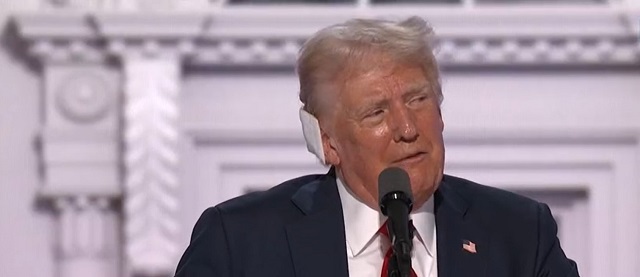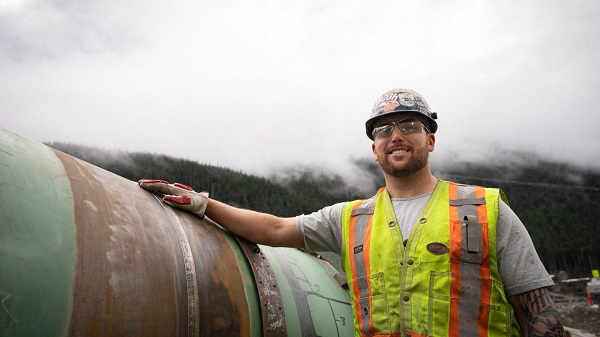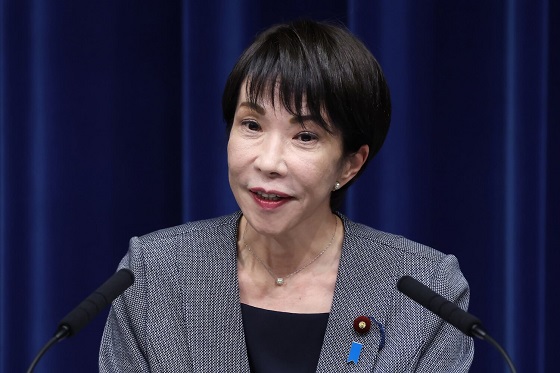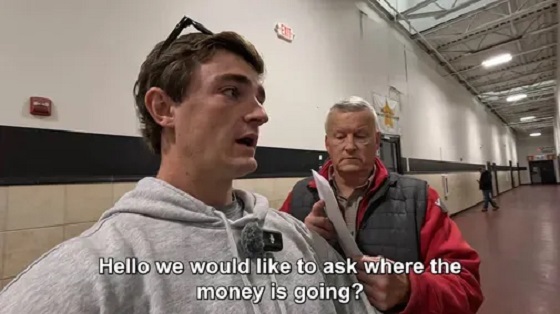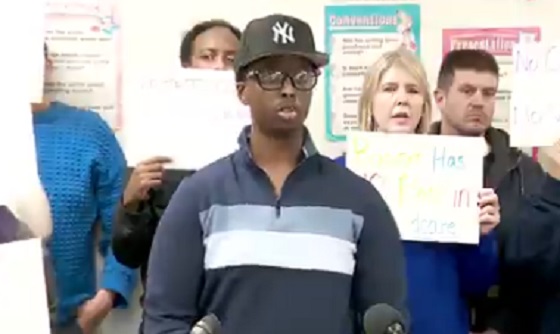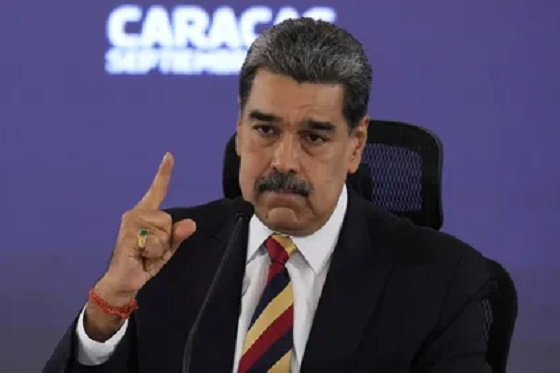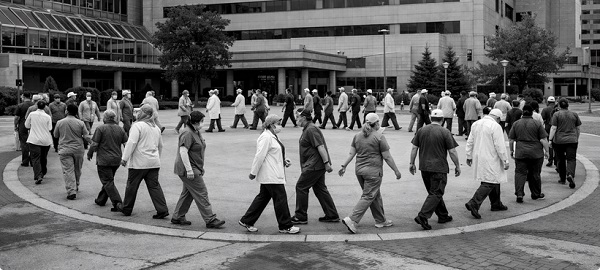From The Center Square
By Andrew Rice
Anti-oil and gas advocates across the country have pursued litigation in recent years attempting to force the fossil fuel industry to pay for decades of financial damages the advocates claim were caused by climate change.
Several cases have been dismissed while others advanced through court systems, with some being considered before the U.S. Supreme Court in 2026. Critics of the litigation call it “woke lawfare” and an attempt to force progressive political policies via the judicial system.
Critics also argue the lawsuits threaten U.S. energy independence and, depending on outcomes, will have sweeping impacts on every American.
Here are some of those cases.
Chevron USA Inc. v. Plaquemines Parish, Louisiana
On Jan. 12, 2026, the U.S. Supreme Court will hear oral arguments in Plaquemines Parish, Louisiana, vs. Chevron USA Inc. The case questions to what extent a state court can litigate against an oil company for its production of oil even if it obtained federal permits to produce the oil.
The litigation challenges activities of the oil companies dating back to World War II in some cases. Chevron argued the lawsuit was flawed, claiming that the activities in question were permitted, legal, and often conducted under federal direction – particularly those tied to national security during World War II.
A Plaquemines Parish jury in April ordered Chevron to pay $744 million in damages for its role in the degradation of the state’s coastal wetlands. Environmental activists celebrated the verdict. It was the first of 42 lawsuits filed since 2013 by parishes across coastal Louisiana to go to trial.
The Trump administration’s Justice Department stepped in on Chevron’s side, urging the Supreme Court to move the case from state court to federal court.
Business groups and energy advocates warned the verdict will drive jobs and investment out of Louisiana. The Louisiana Association of Business and Industry called the decision “shortsighted,” saying it would “brand Louisiana as a state that will extort the most recognizable companies on earth for billions of dollars, decades later.”
O.H. Skinner, executive director of Alliance for Consumers, told the Center Square the case seeks to score large settlements from the energy industry and stop oil production.
“The case arises from a broader campaign of woke lawfare in which activists and municipal governments seek to use courtrooms to determine what companies are allowed to produce and what consumers can buy,” Skinner said.
Suncor Energy Inc. v. Boulder
The nation’s highest court is still deciding whether it will hear arguments in Suncor Energy Inc. v. Boulder; a case to decide whether state and local governments can use nuisance laws to sue energy companies for activities that may cause climate change.
The case, originating in Colorado, centers around a City of Boulder and Boulder County lawsuit in state court against Suncor Energy claiming it misled the public in its activities that the local governments claim led to climate change effects.
Lawyers for Suncor Energy argue that allowing a case like this one to play out goes against protections in the Clean Air Act that prevent lawsuits from occurring against emitters from across state lines.
“Public nuisance can’t be used for global problems. It can be used for local problems,” Skinner told The Center Square. “That’s what it’s supposed to be used for.”
However, Skinner said many organizations that are pursuing climate change litigation are seeking to bankrupt energy companies with large monetary settlements. He said litigants will likely attempt to drain energy companies of their resources and use the funds to advocate certain ideological causes.
“These are highly ideological dark-money-funded, multi-faceted legal campaigns to bankrupt an entire industry and confiscate it for ideological reasons,” Skinner said.
City and County of Honolulu v. Sunoco
Similarly, in 2020, City and County of Honolulu v. Sunoco was one of the first examples of public nuisance lawsuits pursued in a state court. The city and county of Honolulu filed a lawsuit in 2020 accusing oil and gas companies, including Sunoco, Exxon Mobil, BP, Chevron and Shell, of misleading the public for decades about the dangers of climate change induced by burning fossil fuels.
The companies asked the U.S. Supreme Court to intervene in the case, but the court, without ruling on the merits, declined to do so in January.
While the case is based in Hawaii, Skinner said litigants there hope it will have far-reaching effects across the country.
“They’re not trying to stop behavior just in those states,” Skinner said. ”The thing that really freaks me out is how people in regular, everyday, real America are going to potentially be affected.”
The People of the State of California v. Exxon Mobil Corporation
Going a step further than Boulder and Honolulu, California Democrat Attorney General Rob Bonta filed a complaint against ExxonMobil in 2024 for what he says are its contributions to “the deluge of plastic pollution” affecting the state.
Exxon countersued, alleging “Bonta and the US Proxies – the former for political gain and the latter pawns for the Foreign Interests – have engaged in a deliberate smear campaign against ExxonMobil, falsely claiming that ExxonMobil’s effective and innovative advanced recycling technology is a ‘false promise’ and ‘not based on truth.,” American Tort Reform Foundation reported.
One of the foreign interests is IEJF, an Australian nonprofit that’s connected to an Australian mining conmpany “that competes with ExxonMobil in the low carbon solutions and energy transition markets, ATRF reported.
Skinner said the litigants in this case are attempting to significantly reduce plastic use throughout the state of California and potentially beyond.
“That’ll make your average person’s life dramatically harder, and it’ll make a lot of things a lot more expensive, and it’ll make having kids, like, brutal,” Skinner said.
Leon v. Exxon Mobil Corp.
Aside from monetary settlements, petitioners in this case also are seeking wrongful death claims against energy companies for their contributions to climate change. The case stems from a woman in Washington state who said her mother died from heat-related illness due to the exacerbated effects of climate change.
She is suing energy companies for their alleged creation of conditions over a period of decades that led to increased temperatures on the day her mother died.
Skinner told The Center Square this case is one of the more blatant examples of ideology affecting the way a litigant pursues cases.
“I think they care because a death is worth a lot of money,” Skinner said. “The climate homicide cases are one of the more far-fetched legal theories I’ve ever seen, because you’re leveling this incredibly staggering charge.”
Climate cases will continue to move through the court system, with one to be heard before the U.S. Supreme Court in early 2026.
Skinner is urging the U.S. Supreme Court and lower courts to rule in favor of energy companies across the country.
“We want the energy companies to win, not because they are perfect actors, but because the alternative is that our lives are governed day in and day out by woke trial lawyers, woke [nongovernmental organizations] and local governments,” Skinner said.
